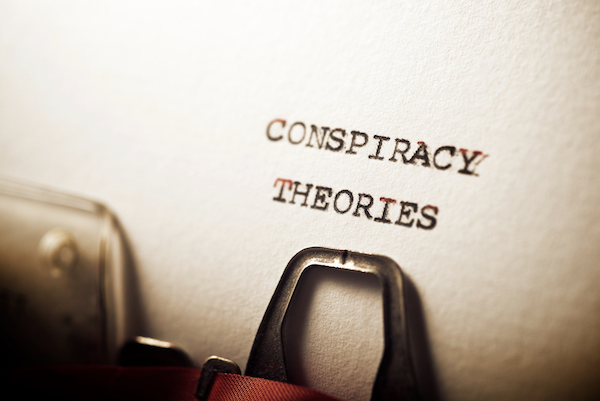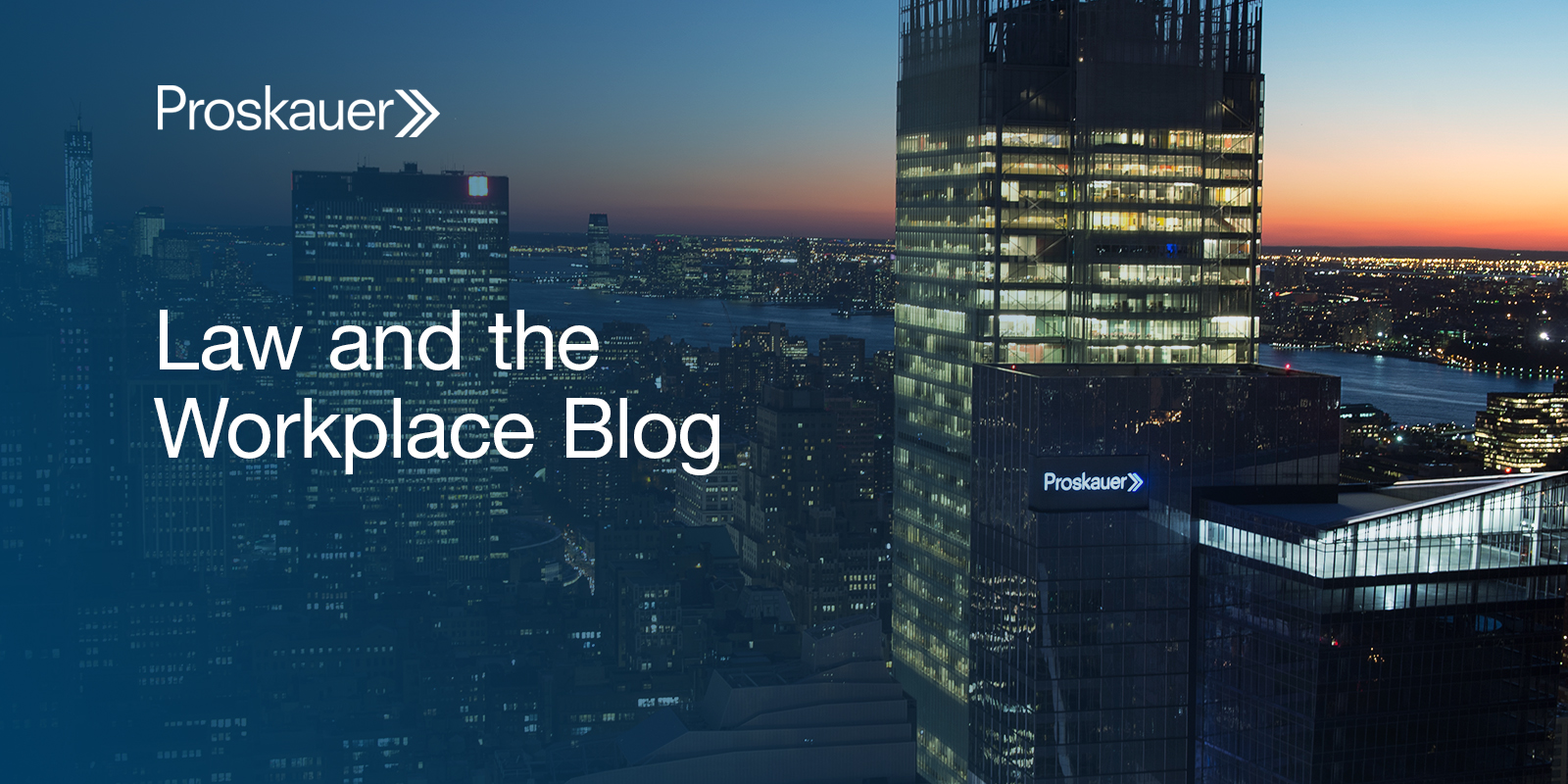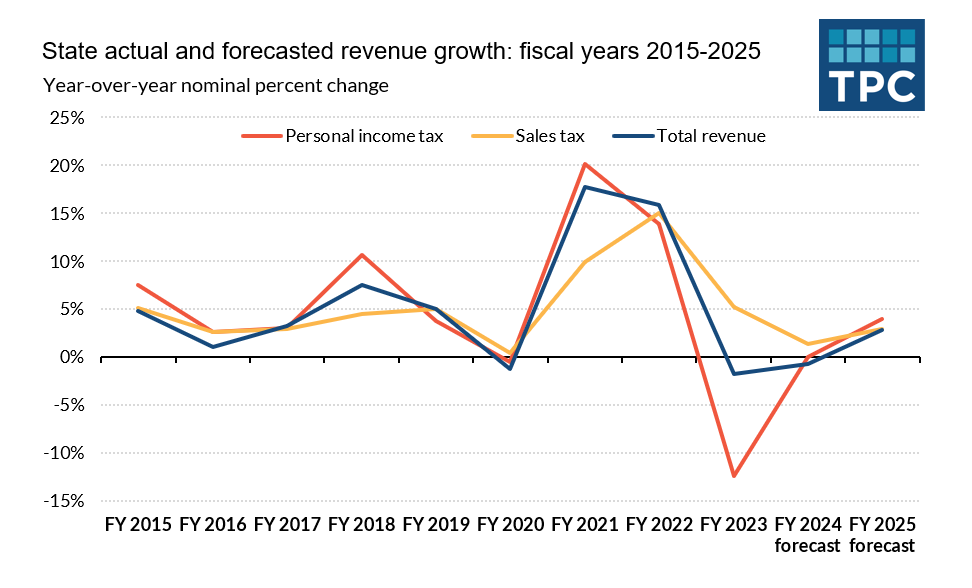What Conspiracy Theories Reveal About Our Growing Distrust of Institutions
“My concern is with the current inclination of society to accept as genuine these deeply improbable ideas just because they align with an assumption of malevolent and all-powerful institutions.”
Maintaining control over trade secrets is mostly about risk management, and one dimension of risk lies in having to tell hundreds or thousands of employees to keep quiet and then depend on each of them to do so. Human nature being what it is, risk increases quite a bit when the secret is about something really big and important. And it increases even more if the secret shows that your employer is lying to the public. Indeed, you might think that kind of information is the very hardest to keep under wraps. But there seems to be a growing number of people who think it’s quite easy.
It was July 1969 when I first visited California, with two weeks to go until the crew of Apollo 11 were to land on the moon. But having grown up on the East Coast, I was completely distracted by the unusual climate: no humidity, no bugs, and no rain until October, guaranteed. Eventually the novelty wore off a bit and I was able to take in the amazing reality of Armstrong and Aldrin landing the Lunar Module on the powdery surface.
But was it reality? Many years later I heard that some people claimed it was all a stunt organized by NASA and the federal government to generate propaganda during the Cold War. I laughed off the idea, which represented my first exposure to a lingering conspiracy theory. (In 2002, one of its proponents managed to catch up to Buzz Aldrin and accuse him of fakery, whereupon the then-72-year-old astronaut punched him in the face.)
More recently, I was bemused to see reports that pop icon Taylor Swift’s relationship with Kansas City Chiefs star right end Travis Kelce had been engineered as a “psyop” (psychological operation) by the Pentagon to favor President Biden’s reelection with an endorsement by Swift during halftime at the Super Bowl. I was less bemused when I learned that a significant portion of the population actually believed that the government could pull off such a trick, or would even risk trying.
The Legal Take on Conspiracy Theories
I have written before about how we lawyers, when dealing with “circumstantial evidence” use probabilistic logic to help us distinguish between reasonable inferences and mere speculation. When it comes to conspiracy theories like the moon landing and the Swift “psyop,” the ideas seem so preposterous that they hardly deserve a reaction. But then there’s the undeniable fact that, in the age of social media and declining trust in institutions, a whole lot of people do get drawn in to this sort of thing.
Indeed, the widespread acceptance of some conspiracy theories is disturbing, as they can corrode social cohesion. Each tribe can embrace false narratives that read on hateful stereotypes of the others, pushing us all further apart. The pull is emotional; even the term “conspiracy theory” has been attacked as the output of its own conspiracy, supposedly generated by the CIA in order to ridicule and discredit true believers.
Although “conspiracy” is used broadly in the law – defined generally as the activity of secretly planning with other people to do something illegal – “conspiracy theory” is distinct and pejorative, referring to a hypothesized conspiracy, and suggesting that the person promoting it is motivated by prejudice and emotion and has no actual evidence that the hypothesis is true. In a sense, the conspiracy theorist operates on the same set of principles that define the law of evidence, but the “circumstances” they draw on to support an inference are spread almost infinitely thin, as when just two stars are said to represent a complex constellation.
Setting themselves against the mainstream consensus on whatever the topic is, the conspiracy theorist takes comfort in the fact that, although they cannot prove the proposition with evidence, neither can their opponents conclusively disprove it. All they need is what they view as a plausible assumption, and then any absence of evidence to support it is folded into the conspiracy as proof of its existence and of the determination of the powers that be to fool the gullible public.
A Disturbing Trend
You will probably be relieved that I don’t intend here to weigh in on Pizzagate, whether jet contrails are actually “chemtrails,” or whether the attacks on 9/11 were faked. For those who have convinced themselves of these stories, there is almost no point in arguing. Rather, my concern is with the current inclination of society to accept as genuine these deeply improbable ideas just because they align with an assumption of malevolent and all-powerful institutions.
Indeed, the readiness of substantial portions of the population to accept the most outlandish claims of government manipulation is well demonstrated by the “Birds Aren’t Real” conspiracy. In 2017 Peter McIndoe began circulating the story that all birds are actually robotic surveillance drones created and operated by the federal government, which had supposedly killed the real birds in a secret operation between 1959 and 1971. He managed to hide the satirical purpose of his organization for four years, by which time he reportedly had amassed a movement with hundreds of thousands of members.
Reflecting on the general subject of conspiracy theories, I decided that I might be able to make a small contribution to the discussion, drawing on my own experience in government, as well as over 50 years dealing with issues around secrecy management.
The Government is Not That Organized
First, consider the government, which in most cases is presumed to have designed and implemented an extremely complex operation, with the presumed cooperation in most cases of hundreds or thousands of employees and officials. Put aside for the moment the supposed slaughter of billions of birds while no one was paying attention, and focus just on the details of planning and execution in the moon landing, when hundreds of engineers were watching from Mission Control (where their equipment had to have been modified to receive a feed from a studio with actors in spacesuits, instead of from Apollo 11 and the actual astronauts). The “psyop” involving Taylor Swift would have been equally daunting to organize, involving not only Ms. Swift and her boyfriend but all those close to them who would have to play their roles.
The complexity of conspiratorial designs increases dramatically when (as is very often the case) the supposed objective is some form of collaboration among elites to establish a New World Order. In that case you would have to coordinate the activities of almost 200 countries that have in recent decades (or centuries) become rather settled in their own sovereignty.
Having spent five years inside the world’s largest bureaucracy, I have experienced firsthand the pace and quality of decision-making among nations. One example should make the point. At the outset of a meeting (among all the member states) that was scheduled to last five days, it took us an entire day and a half just to get agreement on the meeting agenda. That’s not to say that the delegates were not hard-working and sincere; I found the working level representatives to be dedicated and smart. But when it comes to usurpation of national prerogatives, I can confidently report that we have absolutely no reason to fear the formation of a transnational government exercising authority in the United States.
In a similar vein, while at the UN I worked closely and frequently with State Department staff, who I found to be almost universally competent and committed to their mission. I could not conceive of them forming some cabal to seize the reins of power and construct an elaborate scheme to trick the American public.
Some Secrets Are Hard to Keep
But there is a more prosaic, and reliable, reason to feel confident about this, apart from the professionalism of those who work at UN or U.S. agencies. That’s because virtually all of these imagined “conspiracies” depend on hundreds or thousands of people keeping silent about what they are actually doing. On this point, I depend not only on long experience with people dealing with commercial secrets. All of us began learning this basic message in grade school: if someone tells you a secret, you can’t wait to get out on the playground and find someone else to tell it to. That inclination to share can be brought under control to an extent when we become adults; but as we know, even in the CIA there are those (thankfully few) who break their promise.
So, the next time you run into someone who is pushing a conspiracy theory, especially one that involves a big event or a big set of consequences, ask them this: how many people would have to be in on it in order for the government to pull it off? And how likely is it that every one of those people, down to the lowest staff levels, will never utter a word about the plot?
Secrecy can be hard to manage. For most people, the more important the information, the more it burns inside until they get to share it. Even the Pentagon could not have kept the lid on the Taylor Swift caper – if it were a real thing.
Image Source: Deposit Photos
Author: pedro2009
Image ID: 395210670






